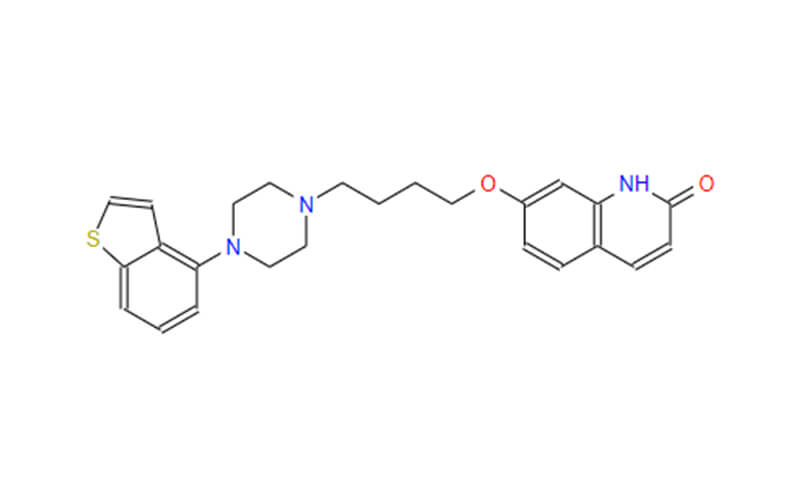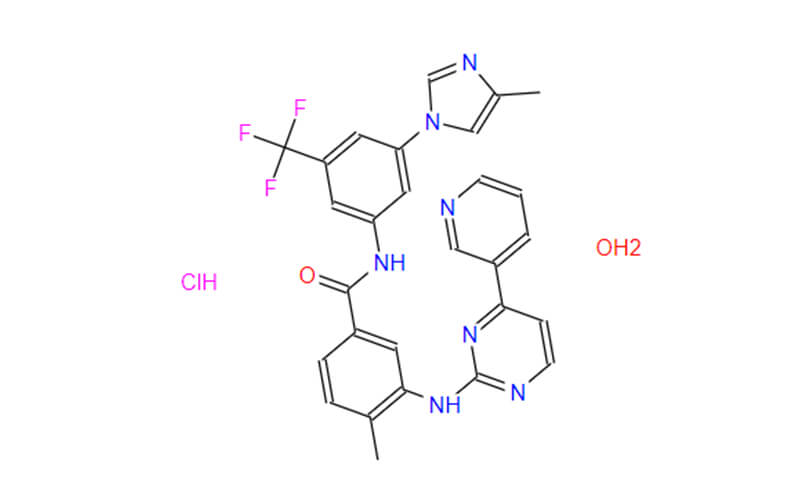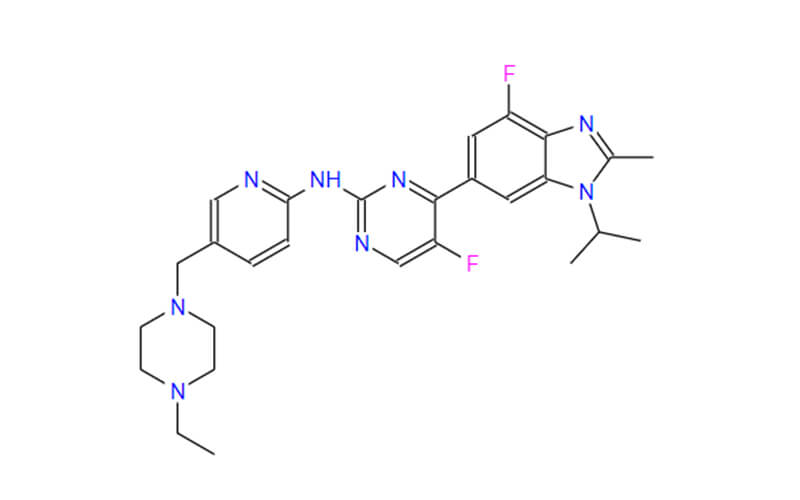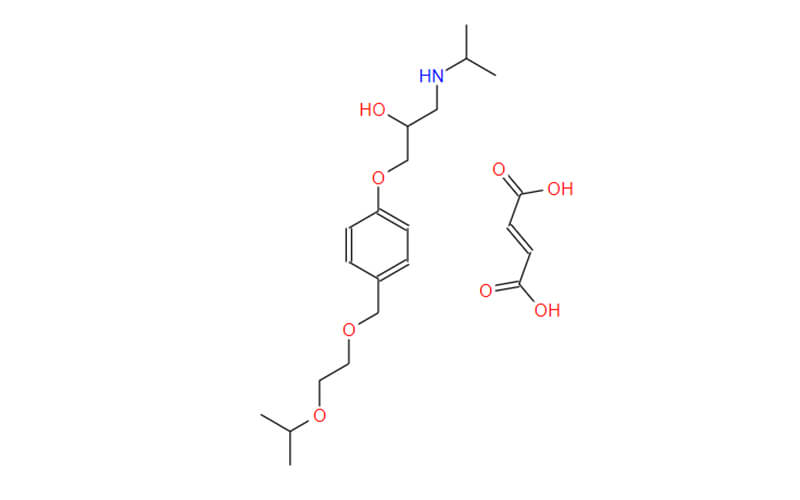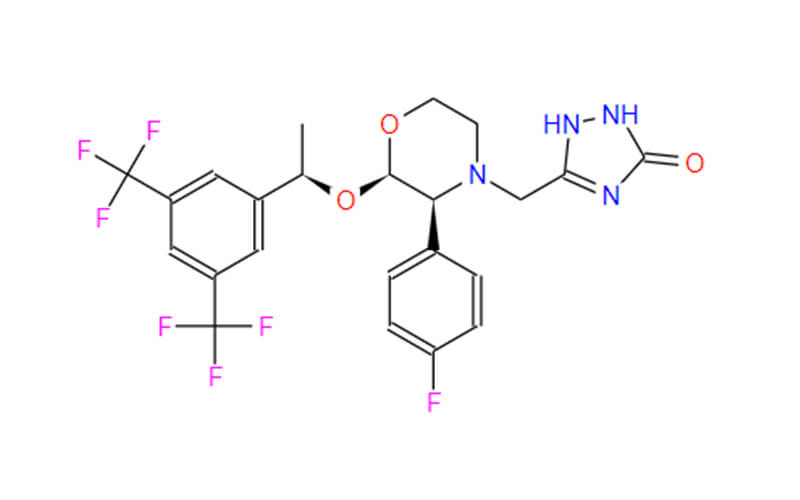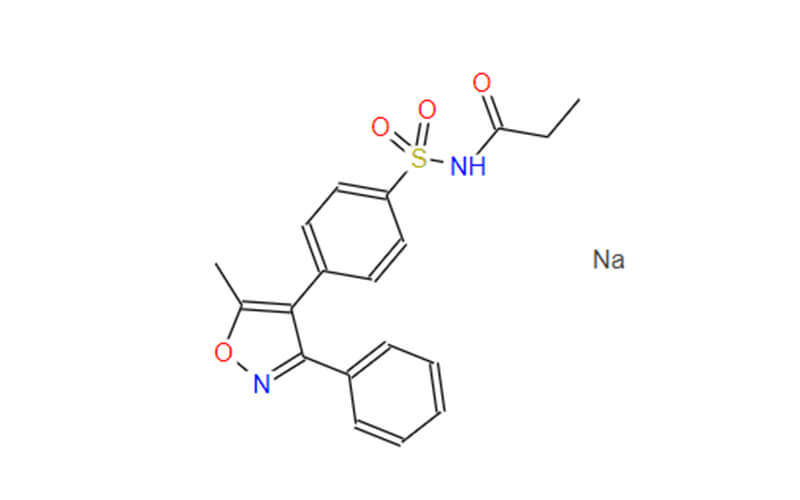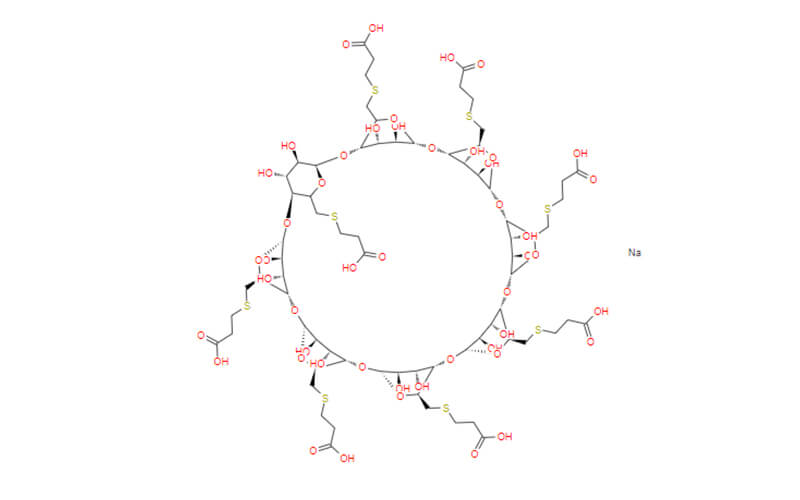Oclacitinib for Treating Pruritus and Beyond
In recent years, the landscape of managing atopic dermatitis and associated pruritus has witnessed a significant shift. Traditionally, glucocorticoids and cyclosporine have been go-to options for symptomatic relief. However, the emergence of oclacitinib, a Janus kinase (JAK) inhibitor available as Apoquel, has marked a pivotal development in the treatment of allergic pruritus.
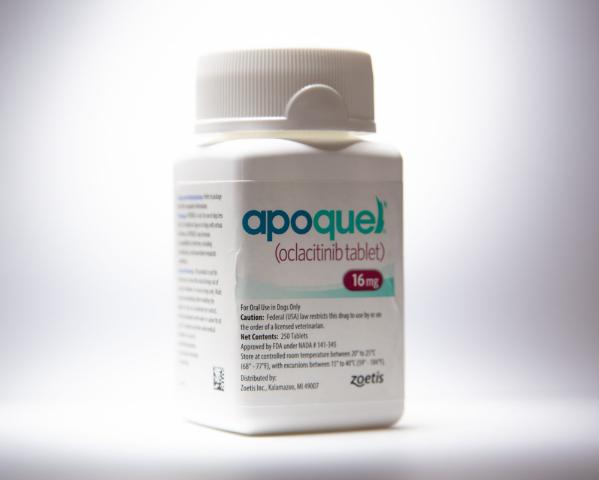
Oclacitinib, introduced in 2014, has proven to be well-tolerated and stands out for its effectiveness in controlling pruritus. Comparative studies have shown that, when measured against “classic” allergy medications like glucocorticoids and cyclosporine, oclacitinib is not only equally effective but also boasts improved tolerability.
The significance of oclacitinib extends beyond atopic dermatitis, as numerous clinical studies have affirmed its antipruritic effects not only in dogs but also in cats and other immune-mediated diseases. This shift towards oclacitinib underscores a promising era in the management of inflammatory conditions, offering a well-tolerated and effective alternative in the realm of allergic pruritus.
What is Pruritus?

Pruritus manifests as a prevalent clinical indicator in allergic skin disorders, notably in atopic dermatitis. Its primary mediation occurs through an extensive array of pro-inflammatory and proallergic Th2 cytokines, such as interleukin [IL]-4, IL-5, IL-10, IL-13, and IL-31. Numerous cytokines within this group bind to receptors equipped with JAK enzymes in their cytoplasmic section. This binding activates the JAK-STAT (signal transducers and activators of transcription) pathway, subsequently triggering additional cytokine production. Research highlights the pivotal role of IL-31 in pruritus, with heightened serum levels observed in numerous atopic dogs.
Oclacitinib Mechanism of Action for Treating Pruritus
Oclacitinib’s effectiveness in treating pruritus stems from its intricate mechanism of action as a Janus kinase (JAK) inhibitor. In the context of allergic and atopic dermatitis, where pruritus is a prominent symptom, the aberrant activation of JAK-STAT pathways by proinflammatory cytokines, including interleukins, plays a pivotal role. Oclacitinib selectively targets JAK1 and JAK3 enzymes, key players in these signaling cascades.
By inhibiting JAK1 and JAK3, oclacitinib intervenes at a molecular level, impeding the transmission of signals that contribute to inflammation and pruritus. This targeted interference modulates the intricate network of immune responses, ultimately reducing the release of cytokines associated with allergic reactions. The precision of oclacitinib’s action on specific JAK enzymes ensures a nuanced and tailored therapeutic approach, minimizing potential interference with other physiological processes.
As a result of its ability to disrupt the inflammatory signaling pathways, oclacitinib provides a comprehensive and effective solution for managing pruritus in conditions such as atopic dermatitis. This nuanced mechanism not only addresses the symptoms but also contributes to an improved quality of life for individuals, particularly dogs, experiencing allergic pruritus. The specific targeting of JAK enzymes underscores the significance of oclacitinib as a valuable pharmaceutical option in the treatment of pruritic manifestations associated with allergic skin diseases.
Oclacitinib’s Efficacy And Safety
Clinical Trials
- Positive Results: Numerous well-designed, double-blind, placebo-controlled clinical trials have demonstrated oclacitinib’s effectiveness in controlling itching and improving skin lesions in dogs with allergic dermatitis. Studies show significant reductions in pruritus scores compared to placebo, with noticeable improvement within days.
- Rapid Onset: Oclacitinib offers a key advantage over traditional steroids – its rapid onset of action. Studies show relief from itching within 4 hours, significantly faster than some steroids.
- Reduced Side Effects: Compared to corticosteroids, oclacitinib exhibits a more favorable side-effect profile. Its targeted action on JAK1 minimizes the risk of immunosuppression and other systemic side effects associated with steroids.

Oclacitinib VS Other Drugs
- Efficacy Comparison: While both oclacitinib and prednisolone are effective in controlling itching, some studies suggest oclacitinib might be slightly more effective in reducing pruritus scores. However, both drugs offer rapid relief and improve skin lesions.
- Safety Advantage: Oclacitinib’s safety profile stands out. Unlike steroids, it has minimal impact on the immune system, making it a safer option for long-term use and for dogs with underlying health conditions.
- Cyclosporin Comparison: Oclacitinib shows comparable efficacy to cyclosporin in managing atopic dermatitis. However, cyclosporin requires careful monitoring due to potential side effects like kidney issues. Oclacitinib’s ease of use and favorable safety profile make it a preferred choice for many veterinarians.
Combination Therapy
- Exploring Synergies: Research is ongoing to explore the potential of combining oclacitinib with other therapeutic agents for a synergistic effect. For example, combining oclacitinib with an anti-pruritic medication like apoquel might offer enhanced relief without increasing side effects.
- Tailored Approach: Combining oclacitinib with other drugs can be a valuable tool for managing severe cases or dogs with specific needs. The choice of medication will depend on the individual dog and the underlying cause of their pruritus.
Oclacitinib: Off-Label Use
- Other Canine Skin Conditions: Oclacitinib has shown promising results in managing other canine skin conditions like flea allergy dermatitis, food allergies, and mast cell tumors. However, more research is needed to confirm its efficacy and safety for these uses.
- Cats with Skin Conditions: Anecdotal evidence suggests its effectiveness in treating feline skin conditions like allergic dermatitis, but its safety and efficacy haven’t been thoroughly studied in cats. Veterinarians should exercise extreme caution when considering off-label use in cats due to potential species-specific risks.
- Human Skin Conditions: Research is ongoing to explore oclacitinib’s potential for treating human skin conditions like psoriasis and eczema. However, it’s still in its early stages, and its use in humans is not currently approved.
Production of High Quality Oclacitinib API
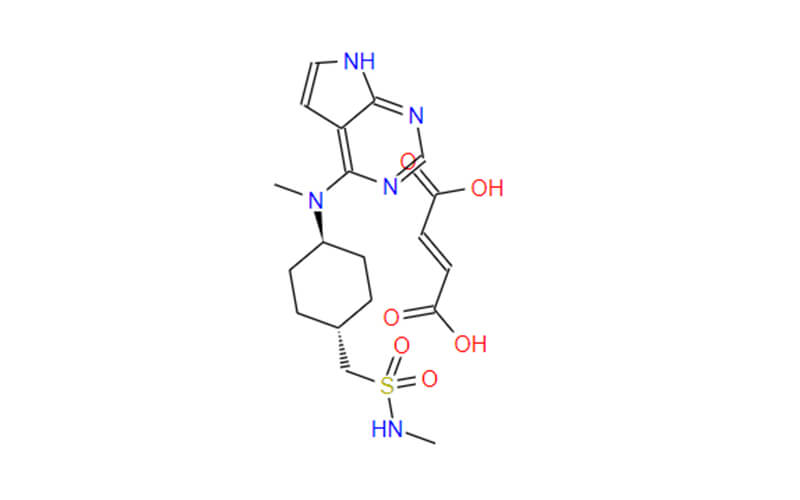
When it comes to alleviating canine itch and inflammation, high-quality oclacitinib API is the key ingredient. Qingmu Pharmaceutical Company stands out as a leading Oclacitinib API factory, dedicated to producing this crucial medication with exceptional purity and consistency.
Their commitment to quality shines through in every step of their production process. Qingmu utilizes cutting-edge technology and strict quality control protocols to ensure each batch of oclacitinib meets the highest international standards. Their dedication to research and development leads to continuous improvements in their manufacturing processes, further optimizing purity and yield.
Choosing Qingmu as your Oclacitinib API supplier means partnering with a company that puts the well-being of dogs first. Their unwavering focus on quality translates to reliable, effective medication that veterinarians can trust to bring relief to their furry patients. With Qingmu, you can be confident that you’re contributing to a future where itchy discomfort is no longer a burden for our canine companions.

